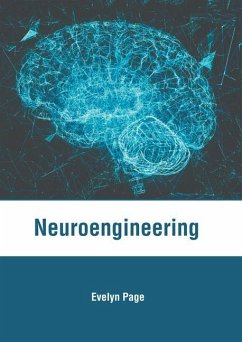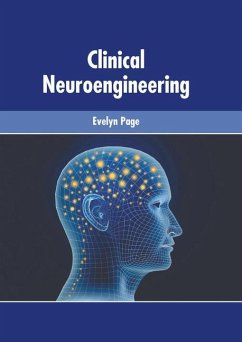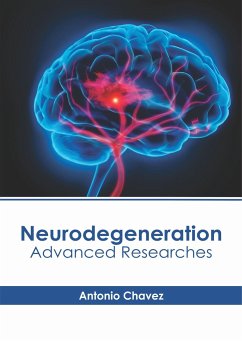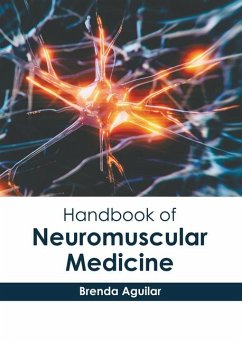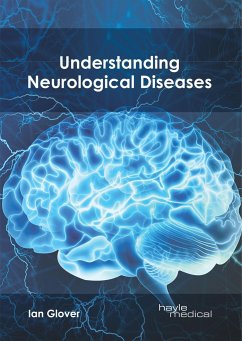Neuroengineering is a field of science which studies the properties and functions of neural systems, with the objective of enhancing, repairing or replacing neural function. This field builds on the foundations of experimental and computational neuroscience, electrical engineering, clinical neurology and signal processing of living neural tissue. It also integrates robotics, neural tissue engineering, nanotechnology, etc. By using the fundamentals of neural networks, neural relations and nervous system functions, devices that can control and interpret signals and produce meaningful responses can be designed. The research in neural engineering is driven by the use of techniques that study how the nervous system functions or malfunctions. Neuroimaging techniques such as MRI, fMRI, PET and CAT scans, neural networks that model neural systems, neural prostheses that replace or supplement impaired nervous functions, etc. are some of the applications of neuroengineering. Research in this domain is focused on the rehabilitation of brain malfunction or brain damage arising from spinal cord injury, peripheral nerve injury, etc. There has also been a concerted effort to develop scaffolds for the regrowth of the spinal cord for management of neurological problems. This book discusses the fundamentals as well as modern approaches of this field. It elucidates the concepts and innovative models of neuroengineering around prospective developments with respect to rehabilitation. This book, with its detailed analyses and data, will prove immensely beneficial to professionals and students involved in this area at various levels.

